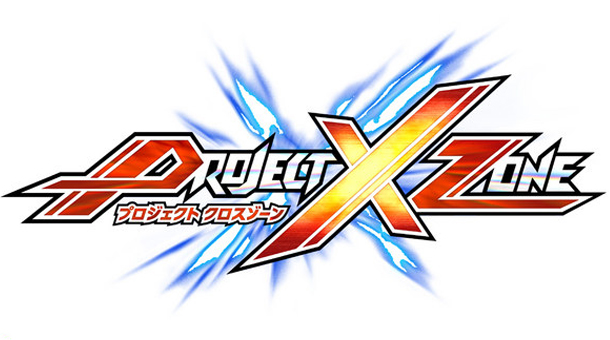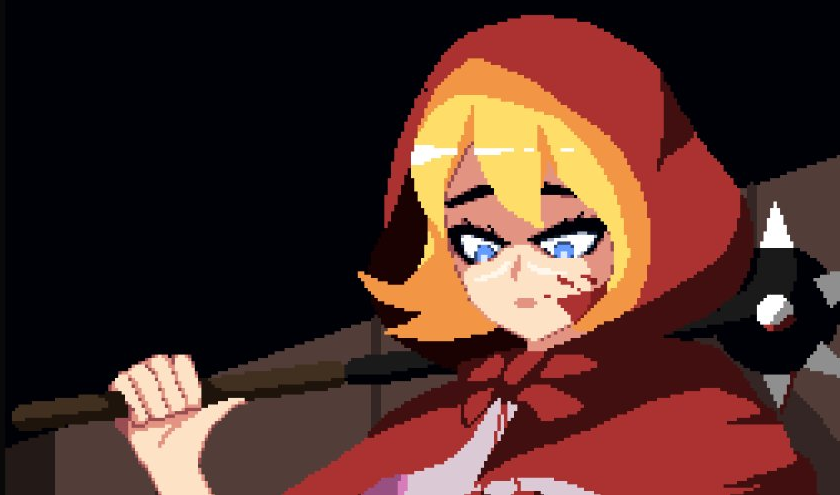
Danganronpa, the one and only visual novel series about a sinister, monochromatic bear forcing fifteen high school students into a kill-or-be-killed nightmare, is turning ten this year. Spike Chunsoft is certainly eager to make the most of it: last week, they announced and released a phone port of the first game (with the sequels on their way later this year), started a monthly celebration stream hosted by actress behind the series’ hero, and even rolled out timely, Danganronpa V3-branded face masks! Maybe it wasn’t the best moment to relaunch a trilogy of death games set in a disaster-stricken world, but a decade worth of video games, TV shows, comic books and stage plays is an impressive accomplishment!
This milestone also gave me a chance to examine my own on again, off again history with Danganronpa. I ate through the first game during my senior year in college, even when its transphobic take on one of my favorite characters made me fear what would happen when I eventually came out to the world. I hit a roadblock during its sequel, after I lost all patience with Nagito Komaeda, the troublemaker in the group: when I returned years later, I became so enamored with his quirks that I cosplayed as him two years in a row, albeit with a more feminine take. By the time 2019 rolled around, nine manga volumes recounting the series formed an imposing stack on a bookshelf, along with various fan comics, and an illustration of the foil I’d once hated now hung from my refrigerator door.
It wasn’t supposed to be like this. Thanks to relentless bullying in middle school and people treating me like a weird freak in high school, I had shut myself off from any public displays of enthusiasm. I was the “weird,” autistic kid who had an abnormal laugh and didn’t like things the right way, so I stopped laughing outside of a soft “pfft” noise, and mostly refrained from talking about movies I liked in front of others. If I simply shut down around others, smiling and nodding when it felt appropriate, people would think I was pleasant enough and not give me any trouble. So I grinned, said one or two lines when others addressed me, and managed to look “pleasant enough” that my pain didn’t register with others.
Why was Danganronpa the first series that I fell for as an adult, to the point where I felt comfortable expressing my love for it in front of others? At first, I thought it was just convenient timing: by the time I started playing it on Vita, I had transferred to a friendlier college, and was planning to tell my parents I was trans in a year or two. I needed to convince myself that I could trust my own feelings, and right next to me was a video game that filled me with love, knew how to shock with near-perfect twists and turns, and had plenty of jokes that landed. It was a witty, stylish salve at a time when I needed it, and somewhere deep within my brain, that stuck with me.

Six years later, after booting the 10th Anniversary Edition (which thankfully includes both the Japanese and English voiceovers) on an Android screen that puts my poor Vita to shame, I was delighted when it felt just right. The phone port is so polished that you could easily forget it first released on a humble PSP: it looks and plays like a dream, with the sole exception of the oversensitive joysticks used to navigate the school itself (This isn’t an action game, so the squirrelly navigation isn’t too egregious). Thankfully, it also offers a generous autosave that kicks in whenever the app closes – it’s perfect for someone like me, since I can get easily distracted and jump to ten different apps before getting back on track. It wasn’t long before the phone blended into the background entirely, and I was pulled through the same highs and lows that I knew all too well.
Time has not softened Danganronpa’s cruelty. Chapter 2’s investigation and trial turns into a case about trans panic, with the writers doing their damnedest (and failing) to give the murderer a sympathetic reason for his heinous reaction. Scattered throughout the story, the same ill-considered goofs that made me grimace back then have only worsened with time. If you look close enough, you can even see some of Kazutaka Kodaka’s ugliest writing tendencies rearing their heads, some time before they made the Ultra Despair Girls spin-off genuinely miserable.
Given how often the game takes unfortunate turns, what keeps me coming back to the same story? What inspires me to grit my teeth through the grim, ill-considered plot beats as I retrace my journey through the game, anime and manga? It certainly helps that I see myself in Makoto Naegi: despite being surrounded by a talented group, he makes his mark by fighting for his friends. But even in its darkest moments, Danganronpa displays sincere love for every student in its roster.
The students of Hope’s Peak don’t act like normal high schoolers: they’re all “Ultimates,” preternaturally talented at a specific task. These tasks range from the traditionally useful to the bizarre (what would a school need with an Ultimate Gambler, or an Ultimate Biker Gang Leader?), but the fact that a school is seeking them out shows that someone sees value in their skills. Makoto has to work with all of them if he wants to escape Hope’s Peak in one piece, but there are ‘Free Time’ breaks that let him chat with them on an individual basis, learning about their hobbies and anxieties in equal measure.

It’s these moments that made me realize what I’d left behind by shutting down, saying almost nothing about myself when spending time with friends. Staying silent might have prevented bullies from singling me out due to my neurodivergent tendencies, but there were people out there who genuinely cared about what I liked. Opening up and sharing your interests, no matter how silly, lets them see you as a person. And even though that will send some people away from you, others will gladly stick with you for life.
I don’t know if I could ever recommend Danganronpa to someone else in good faith. In spite of my obsession, its attitude towards people like me stings: it drops the transphobia in later games, though the cruelty ramps up as the series’ author grows bolder. But in its own messed-up way, it opened me up and taught me that it was not only OK, but necessary to embrace what I loved, even in front of others. I’ll always be grateful for that.
Coverage of Danganronpa: Trigger Happy Havoc Anniversary Edition was made possible by our wonderful Patreon backers. If you like what you’ve read and want to support us, you can do so at patreon.com/scanlinemedia.
Some of you may remember that we started a Danganronpa podcast last year. We’ve been on hiatus for some time now, but we’ll have an update for our listeners soon.


